What is Ketamine?
Ketamine is a medication that has been used in general anesthesia for decades. Now this medication is gaining ground as a promising treatment for depression, even in patients who have severe, chronic, treatment-refractory mood disorders.
Ketamine is an FDA-approved anesthetic agent. Use of Ketamine outside of the anesthesia application is considered an “off label” use. At subanesthetic doses (doses below the amount necessary for anesthesia), Ketamine may be useful in the treatment of:
- Bipolar and unipolar depression
- Anxiety disorders
- Post-traumatic stress disorders
How Does Ketamine Therapy Work?
Ketamine infusion works by providing medication directly into the bloodstream where it immediately begins to repair the stress-induced damage in the brain’s communication system. Ketamine can increase BDNF, the substance responsible for synaptic plasticity and neurogenesis.
According to the literature, Ketamine is effective in about 70% of patients, with the effects of a single treatment lasting 1 week. Longer or shorter duration of action is possible. The initiation protocol includes 6 infusions over a 3-week period. Maintenance treatment is required to sustain the effects.
Potential side effects from ketamine include dizziness, bad dreams, perceptual disturbances, confusion, elevation in blood pressure, euphoria, dizziness, increased libido, and nausea. These side effects mostly disappear 20 minutes after completion of the infusion, ketamine treatment is well tolerated.
What are the Success Rates?
Approximately 70-80% of patients respond to Ketamine infusions. Certain genetic factors and patient characteristics may increase the likelihood of success. Factors associated with successful treatment include exposure to chronic stress, family history of alcoholism, suicidal ideation, increased BMI, anxious depression, cognitive dysfunction, and a Val/Val BDNF gene.
How Does Ketamine Compare to Alternative Depression Treatments?
Typical antidepressants take weeks to months to work. There are many to choose from and no reliable way at this point to know which we will be effective and well-tolerated. Therefore, one may wait weeks and find that the medicine does not even work. These medications have common side effects of weight gain, sexual dysfunction, gastrointestinal disturbances, sleep disturbance, fatigue, and emotional blunting. Some newer “add-on” antidepressants also have risks of causing diabetes. Unfortunately, not everyone will respond to ketamine, but you will know that almost immediately and not have to waste time or money unnecessarily. Side effects are limited to the time of the infusion, with no side effects in between. In this way, outside of the infusion time, you are not “medicated”.
How Do I Maximize the Benefits?
It is common to get advice when depressed that makes sense intellectually but is impossible to follow through on because of the depressive symptoms. This includes things like, “eat well, exercise, engage in talk therapy, find social support, stay busy, etc.” Ketamine rapidly enables you to be able to act on these important activities, and those who have the best results support the medicine’s effect in these ways. In addition, ketamine likely “primes” the brain for learning and making new connections. Talk therapy can be an ideal way to “lock in” therapeutic learning and capitalize on this unique window of time.
What are the Risks?
The dose used for the treatment of mood and anxiety disorders is very low and safe. For a few minutes during the infusion itself, blood pressure and heart rate may increase. This is monitored to ensure safety and medications administered as necessary to manage problematic increases in blood pressure, episodes of nausea or anxiety.
Is Ketamine Addictive?
Like opioids, ketamine has addictive properties, and when abused can be an addictive substance. But when administered professionally with special care given to dosage, method and frequency, patients should be safe and protected from the possibility of ketamine addiction.
Are There Different Types of Ketamine?
Two main types of ketamine are used to treat major depression that hasn’t responded to two or more medications (treatment-resistant depression).
- Racemic ketamine, which is most often given as an infusion into the bloodstream. This is sometimes called intravenous, or IV, ketamine. It is a mixture of two mirror-image molecules: “R” and “S” ketamine. While it was approved decades ago as an anesthetic by the FDA, it is used off-label to treat depression.
- Esketamine (Spravato®), which the FDA approved in March 2019, is given as a nasal spray. It uses only the “S” molecule.
